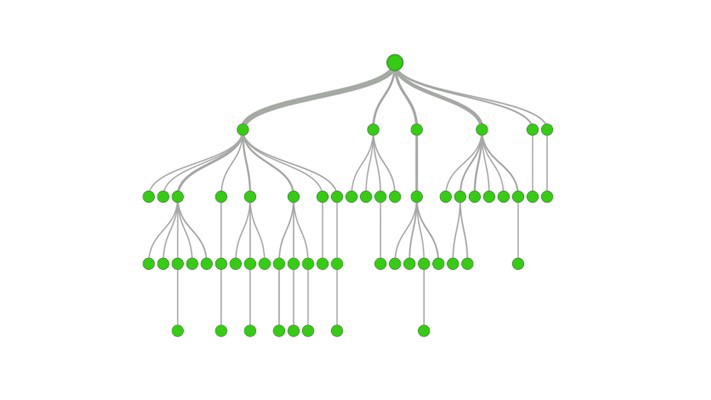
2. Libraries:
We will use Pandas, Numpy, and Scikit-learn libraries. We will import DecisionTreeRegressor class from Scikit-learn to train our dataset.
# importing the libraries
import pandas as pd
import numpy as np# Reading the dataset using pandas librarie
dataset = pd.read_csv('name_of_dataset.csv')
3. Exploratory Data Analysis(EDA):
Now we will explore our dataset, check it has any missing values, what is the type of data we have? Encode the categorical data, etc, etc.
- Shape and type of dataset:
# shape of the dataset
print(dataset.shape)
# Type of the dataset
print(dataset.dtypes)
- Checking for the null value:
# checking for the null value
print(dataset.isna().sum())
# Counting the number of null values
print(dataset.isna().sum().sum())
- Encoding the categorical data:
By using dtypes function we know that our dataset only contains float and integer values so we don’t have to use Encoding on the above dataset.
# encoding the categorical data
dataset = pd.get_dummies(dataset)
4. Dependent and Independent variables(matrix):
To train our dataset we need to specify dependent and independent variables. Dependent variables will contain our output column and vise versa.
# independent variables
X = dataset.iloc[:, :-1].values
# dependent variable
y = dataset.iloc[:, -1:].values
5. Splitting the dataset:
We will split the dataset into training and testing sets. The training set will have most of the data cause we will train our model on that dataset, and the testing set will have few amounts of data so we can use it only for testing purposes.
# spliting the dataset
from sklearn.model_selection import train_test_split
X_train, X_test, y_train, y_test = train_test_split(X, y, test_size=0.2, random_state = 0)
6. Feature Scaling:
Using feature scaling we will normalize the range of independent variables.
# using feature scaling
from sklearn.preprocessing import StandardScaler
X_sc = StandardScaler()
X_train = X_sc.fit_transform(X_train)
7. Training the dataset:
It’s time to train our dataset, we will use DecisionTreeRegressor class from the tree module.
# training the dataset
from sklearn.tree import DecisionTreeRegressor
regrassor = DecisionTreeRegressor(random_state = 0)
regrassor.fit(X_train, y_train)
8. Predicting the result:
After training the model, we will predict the result using test data
# predictzing the result
pred = regrassor.predict(X_sc.transform(X_test))
9. Accuracy:
Now, we will see how accurate our algorithm is?
# Accuracy of the algorithm
from sklearn.metrics import accuracy_score
print(accuracy_score(y_test, pred))
Kaggle Notebook link:
Happy Coding!!!
